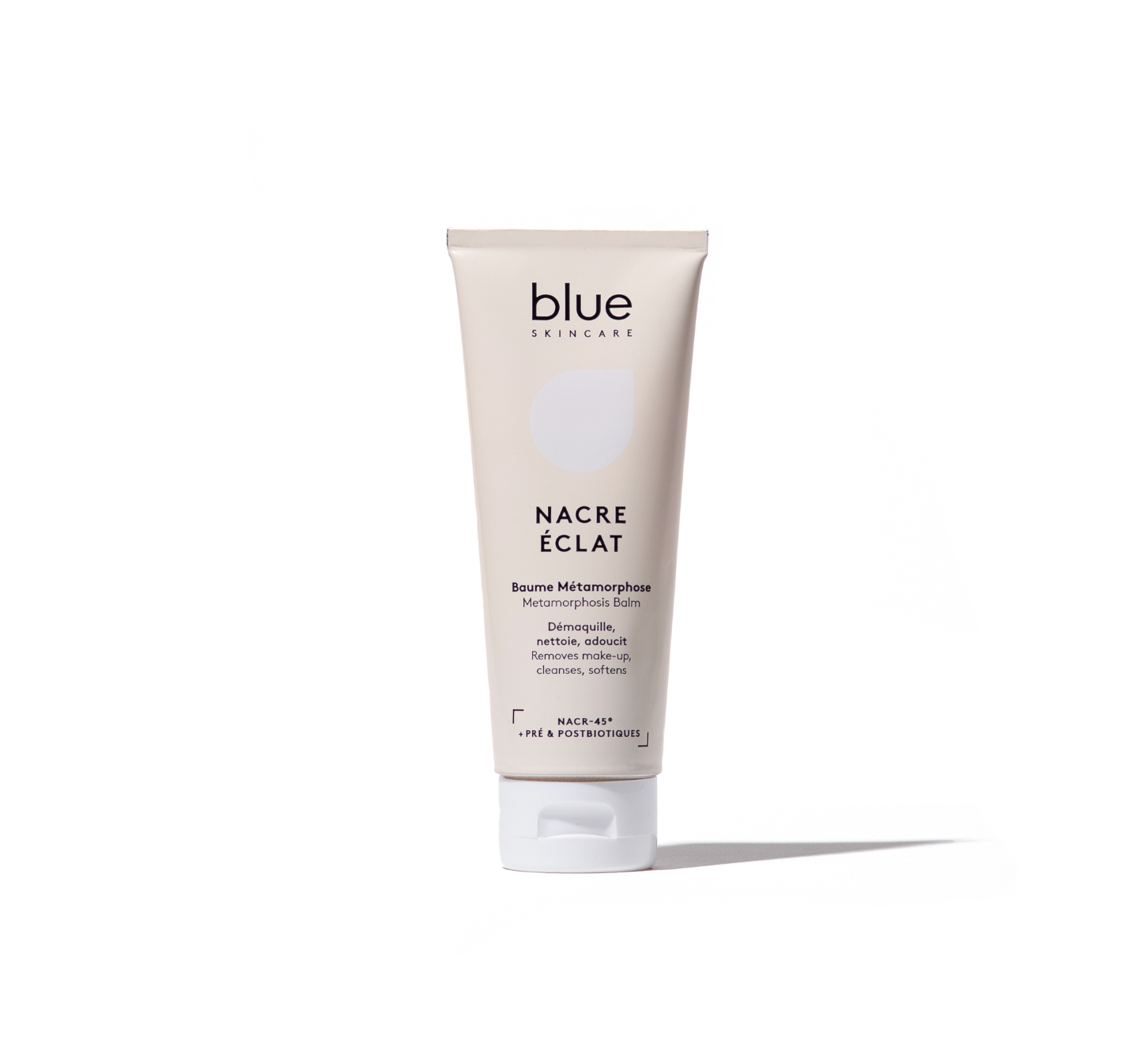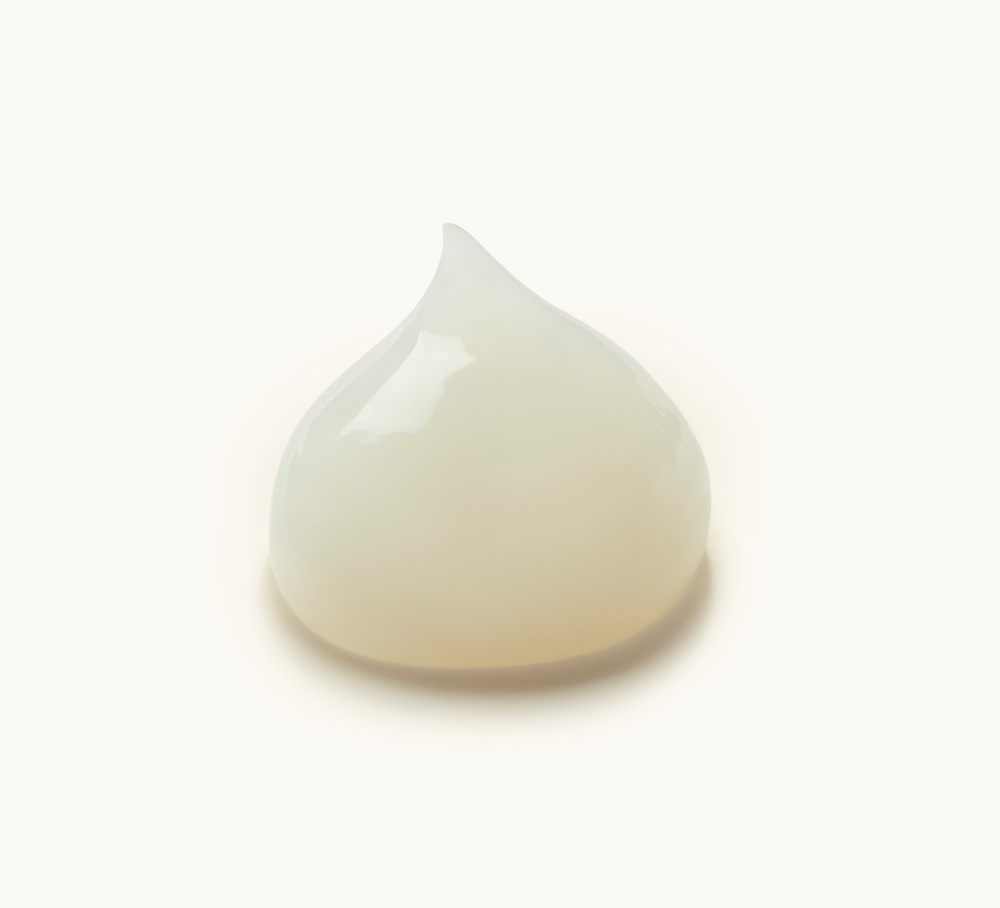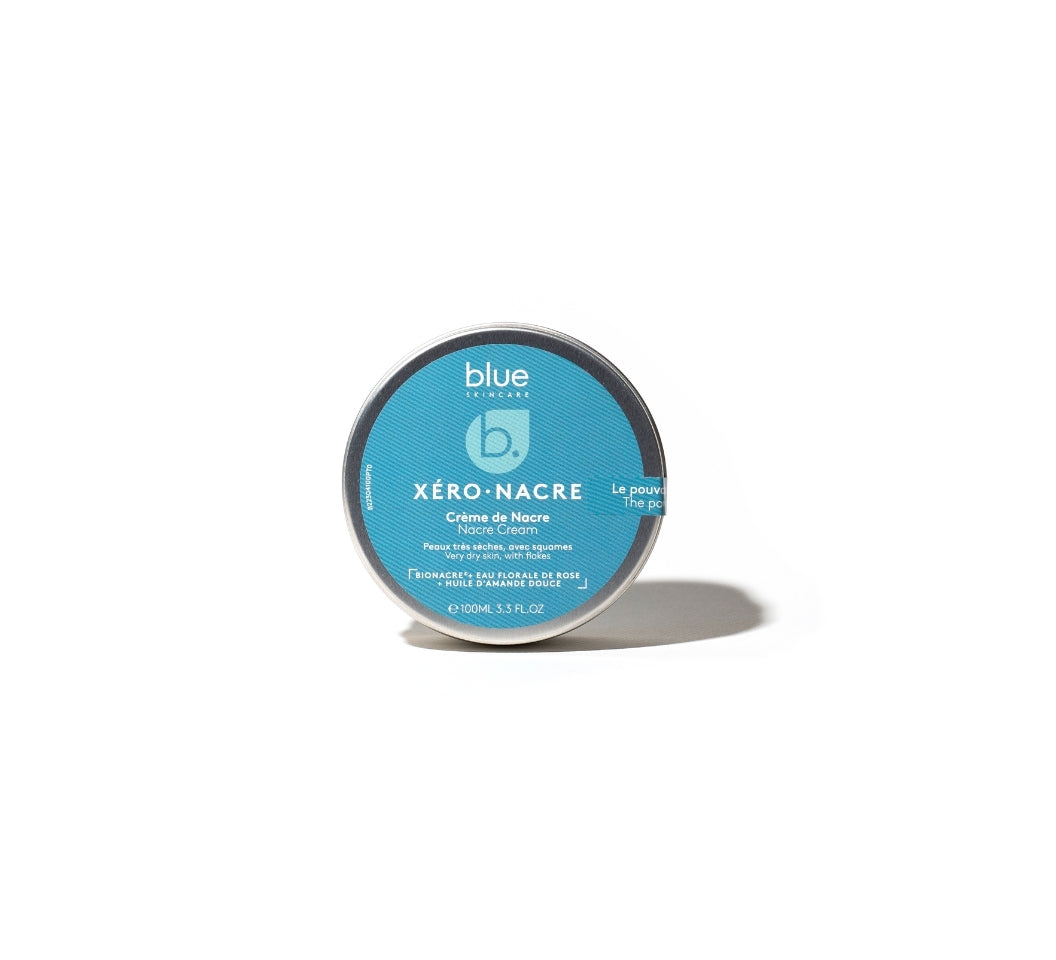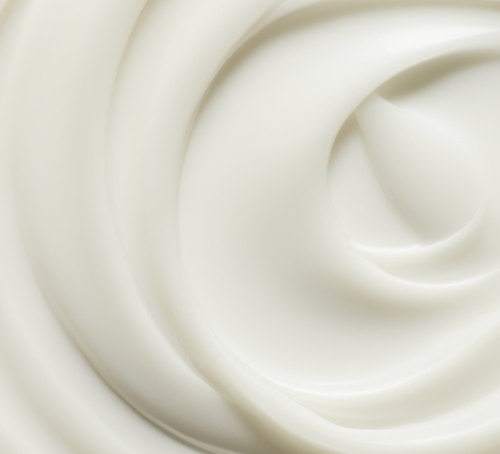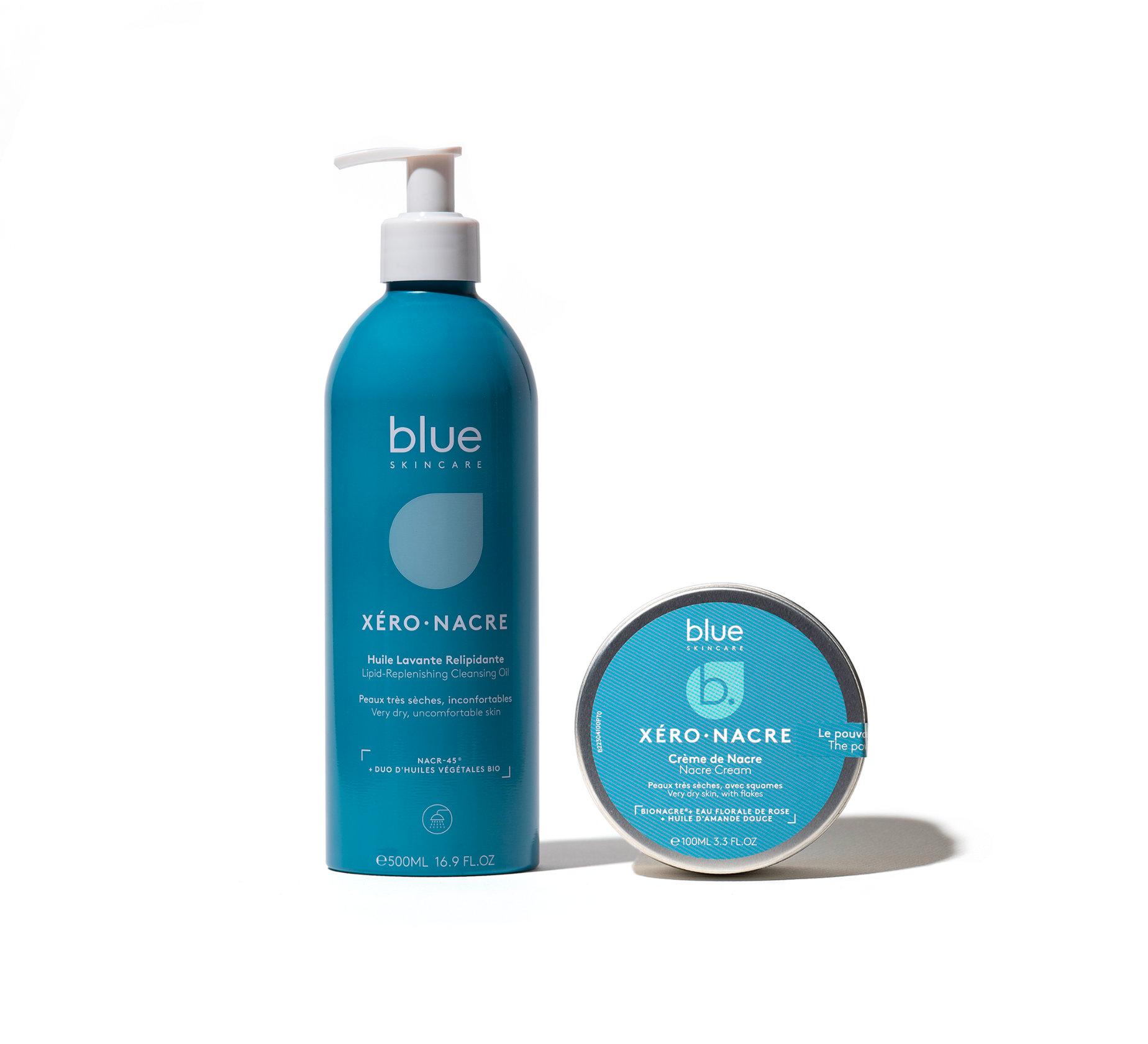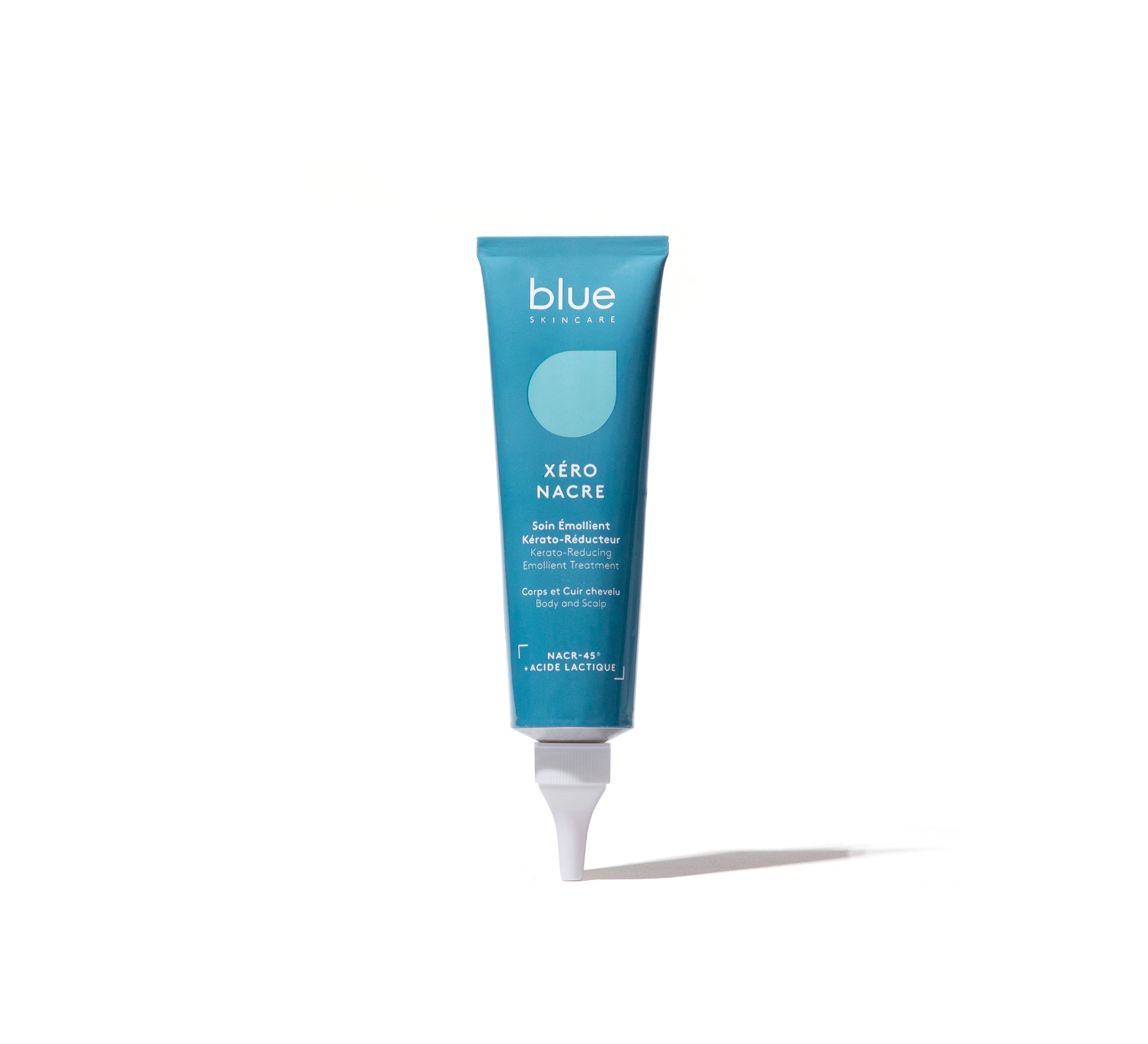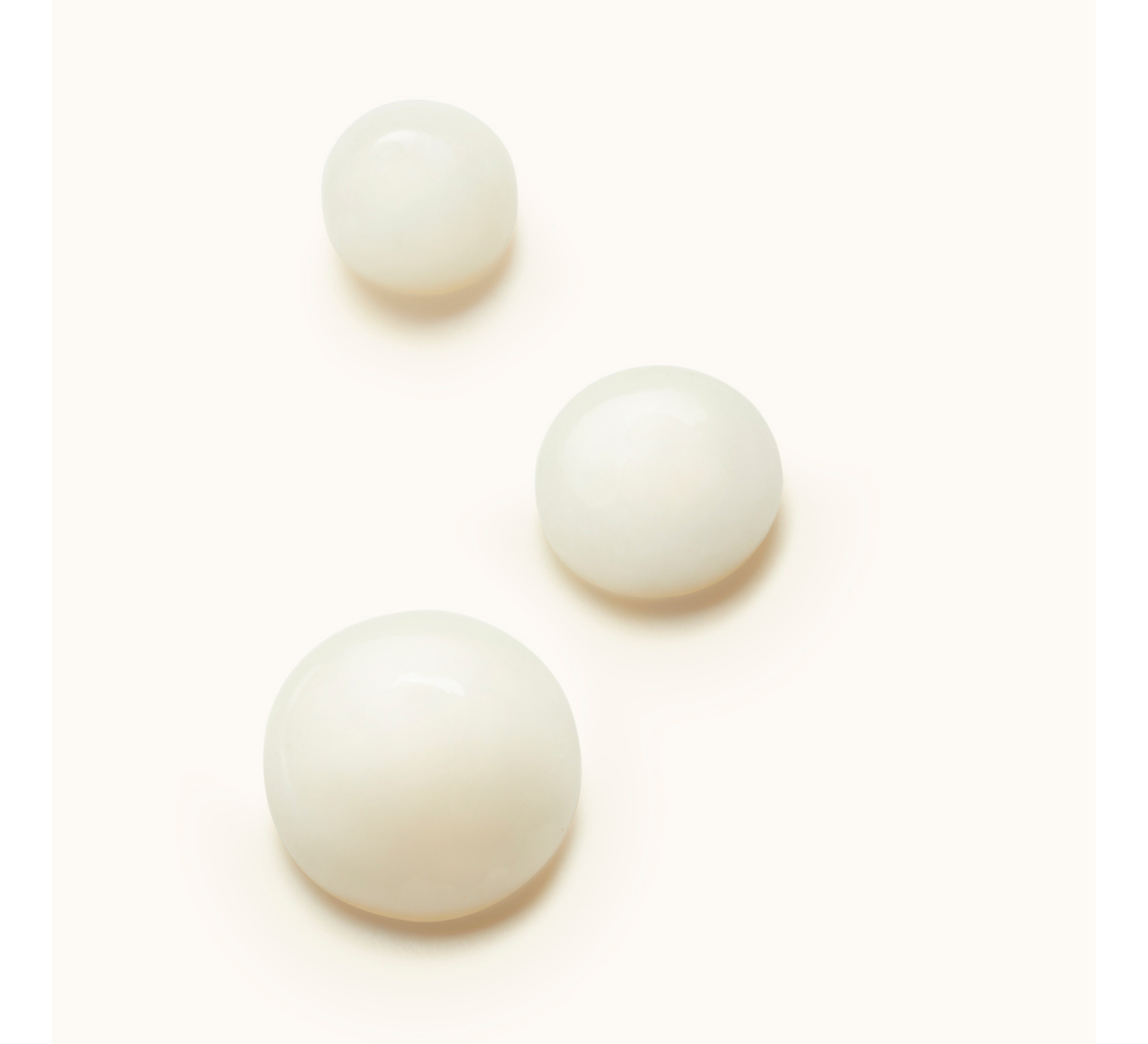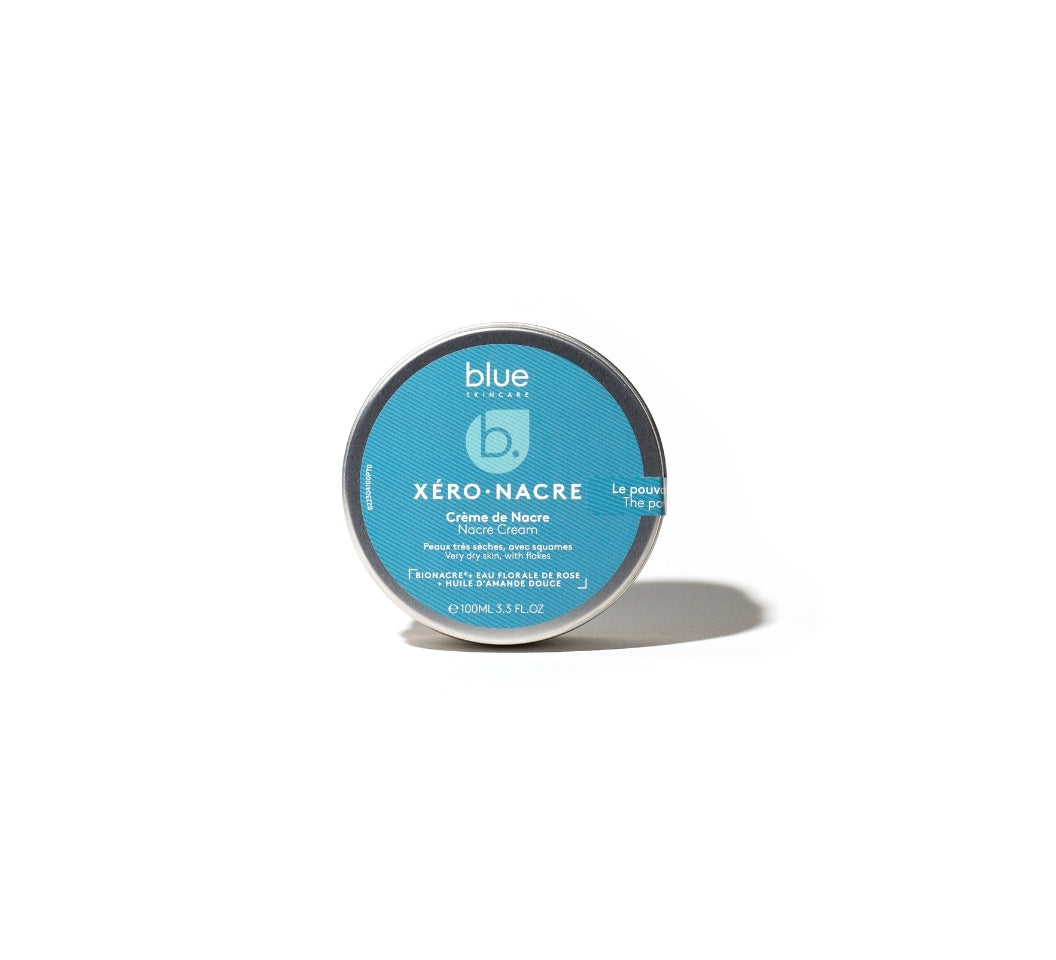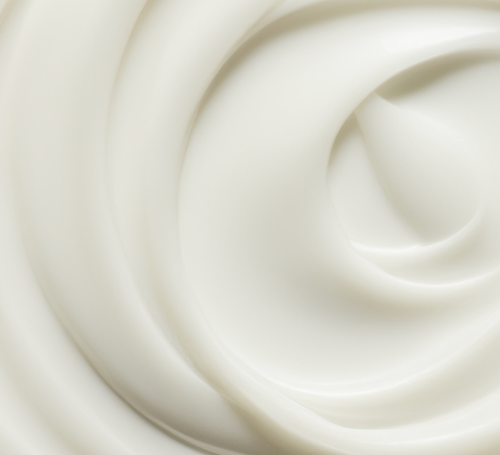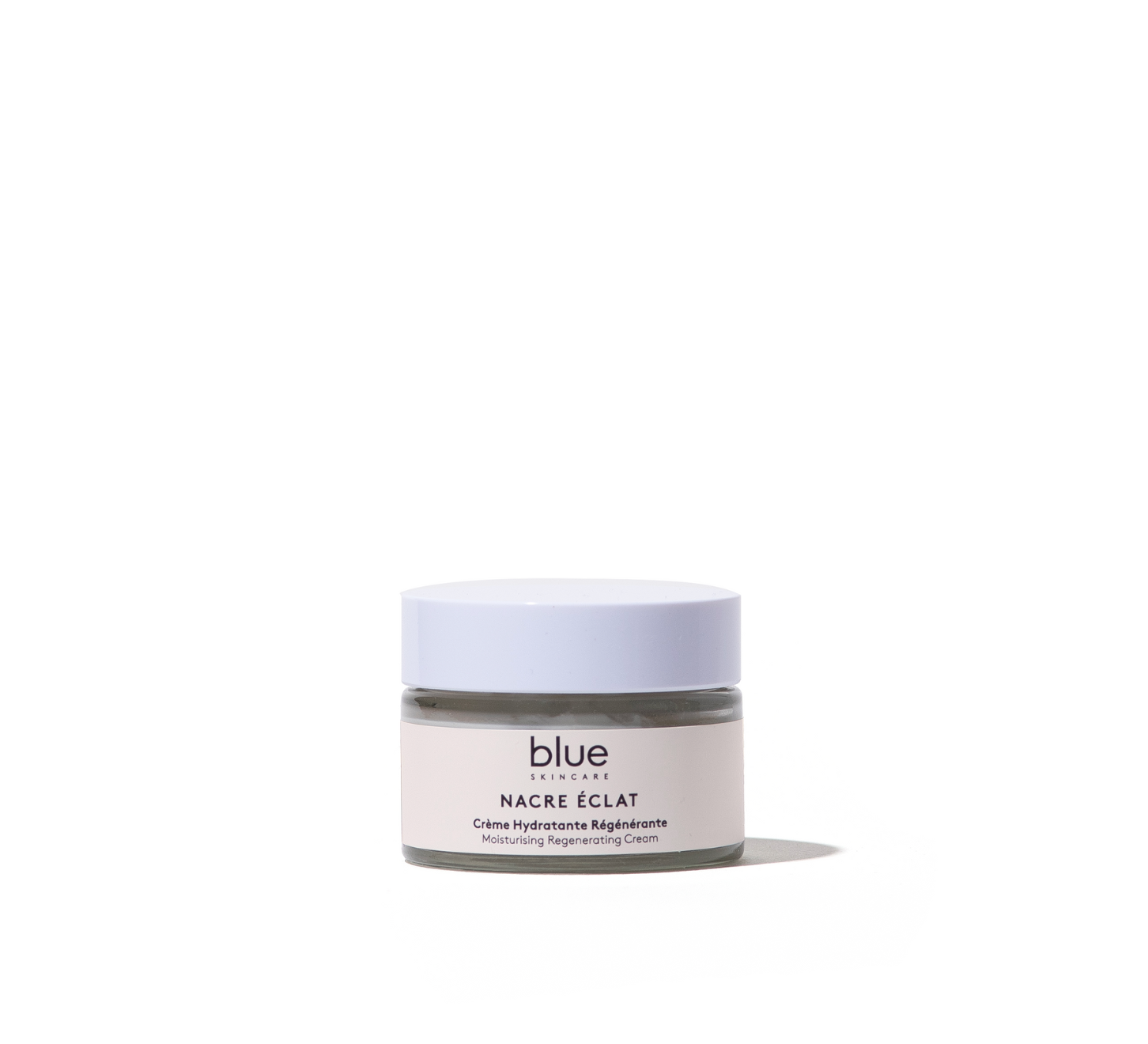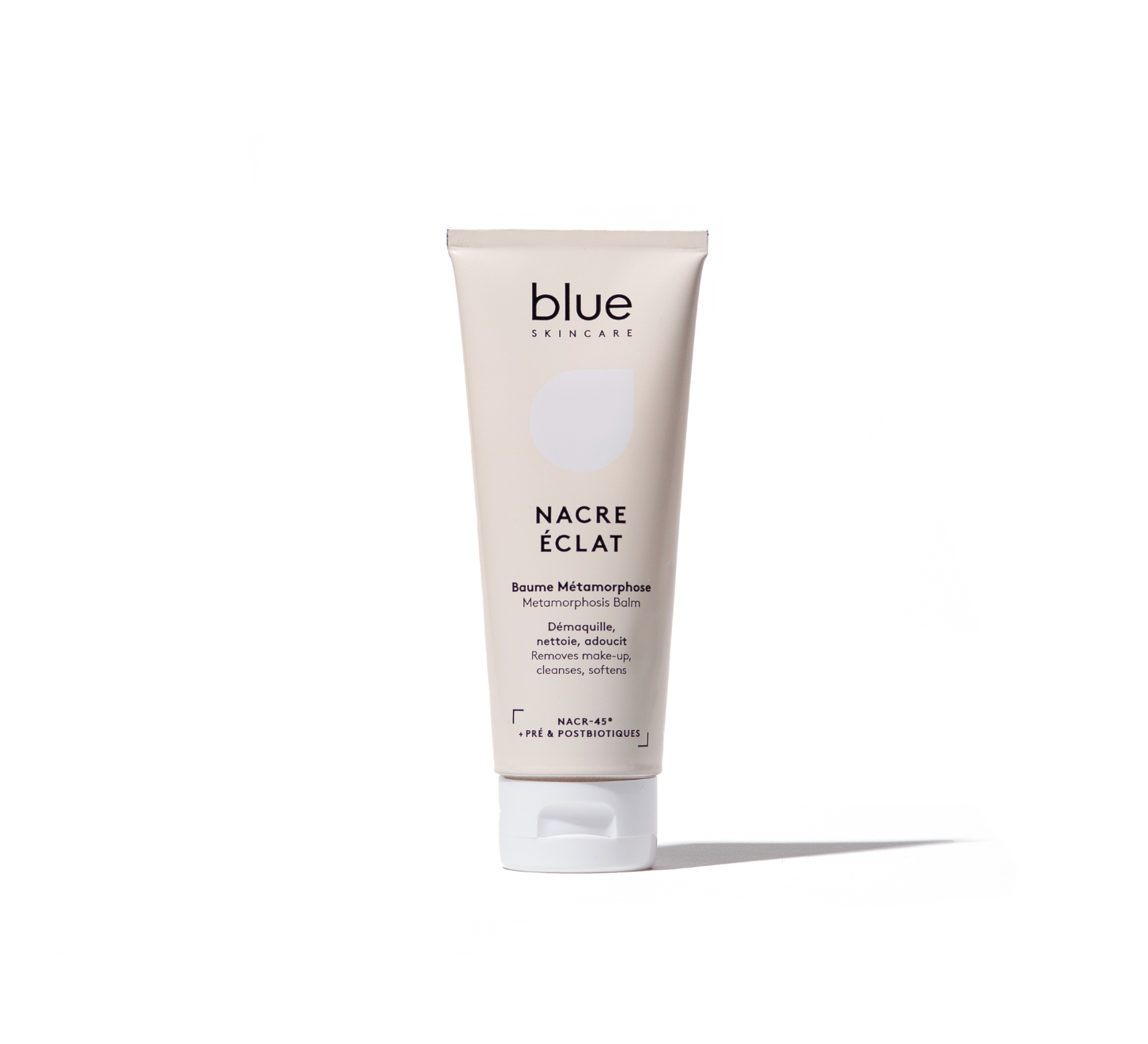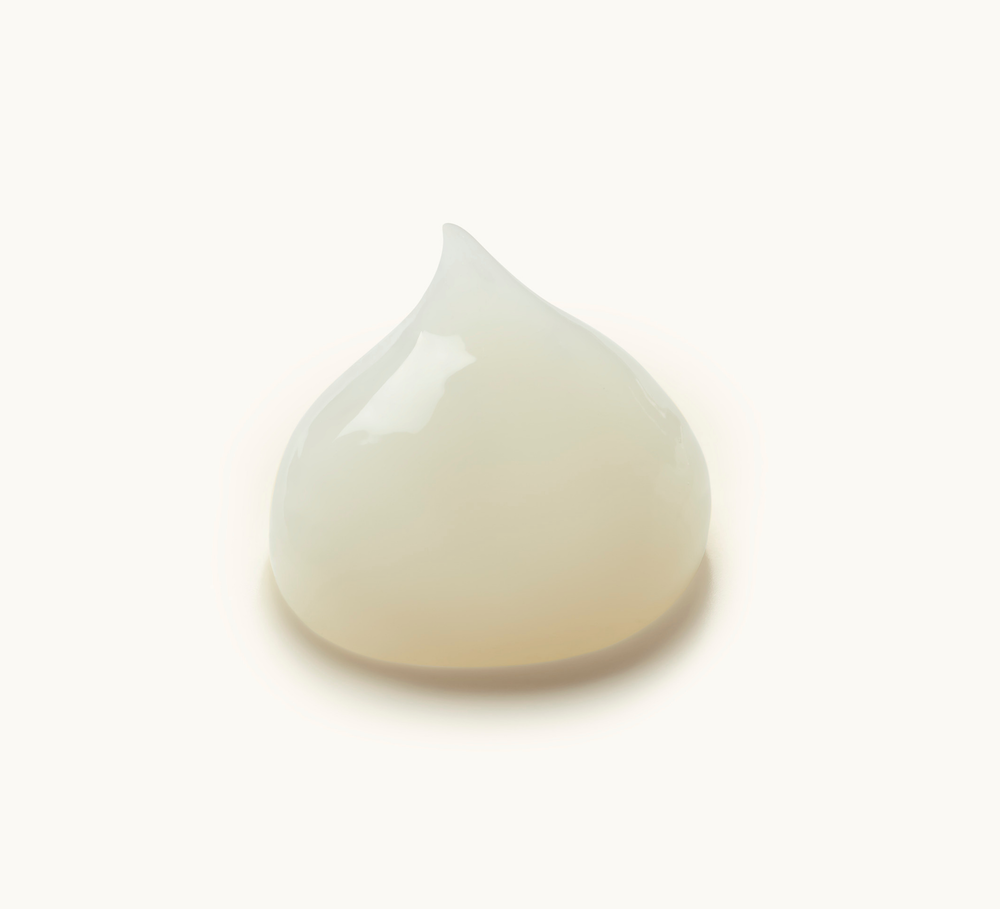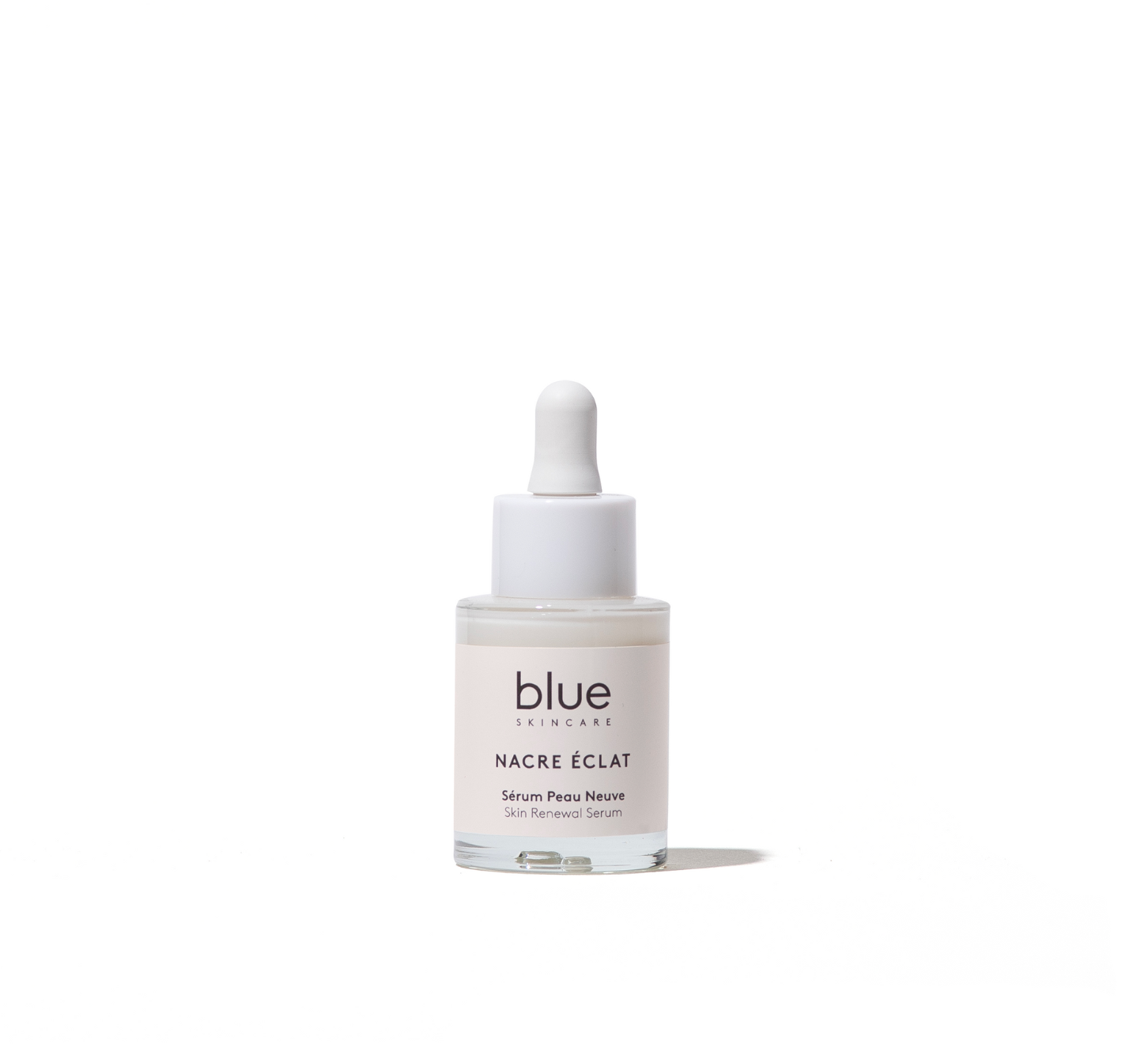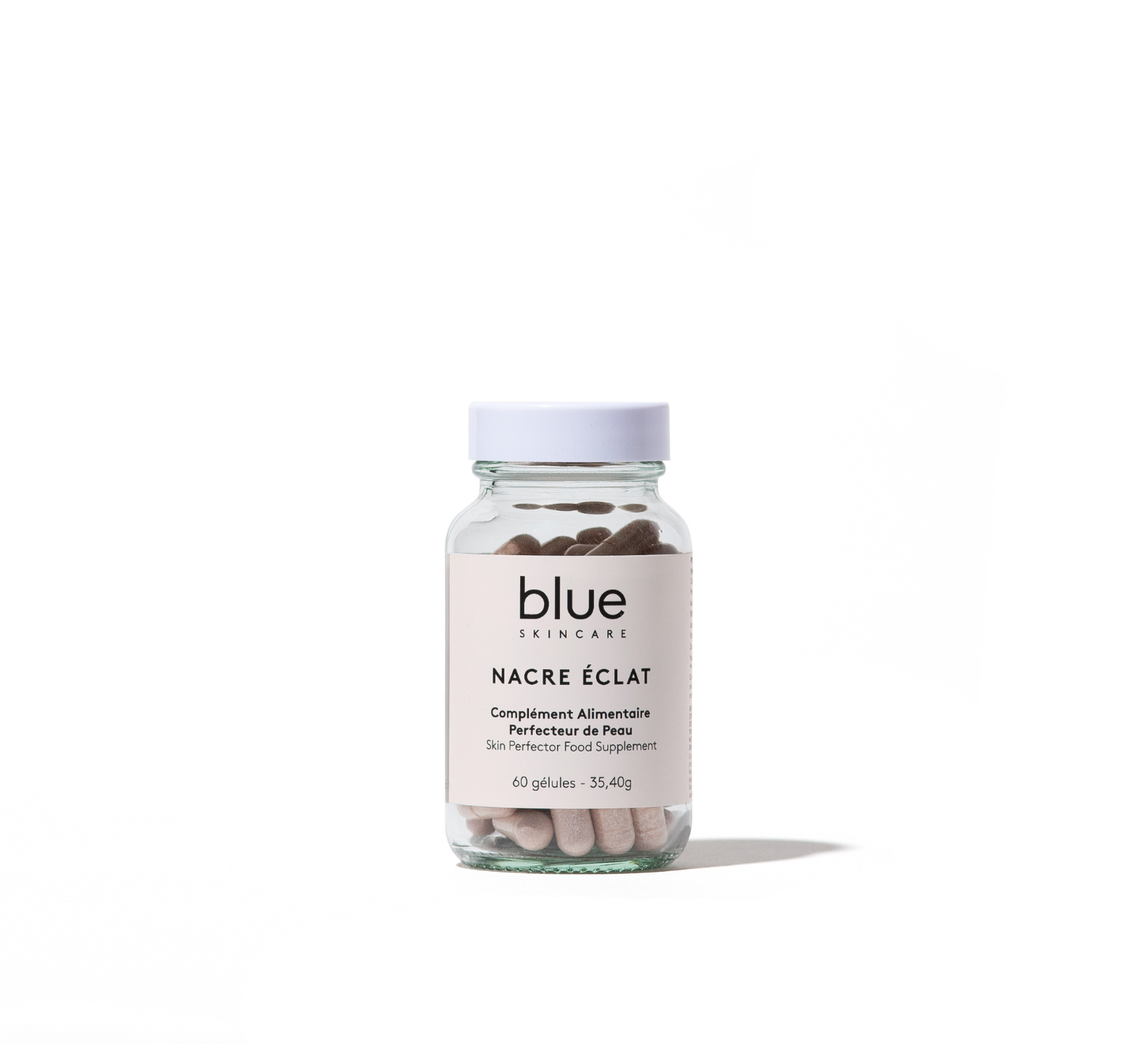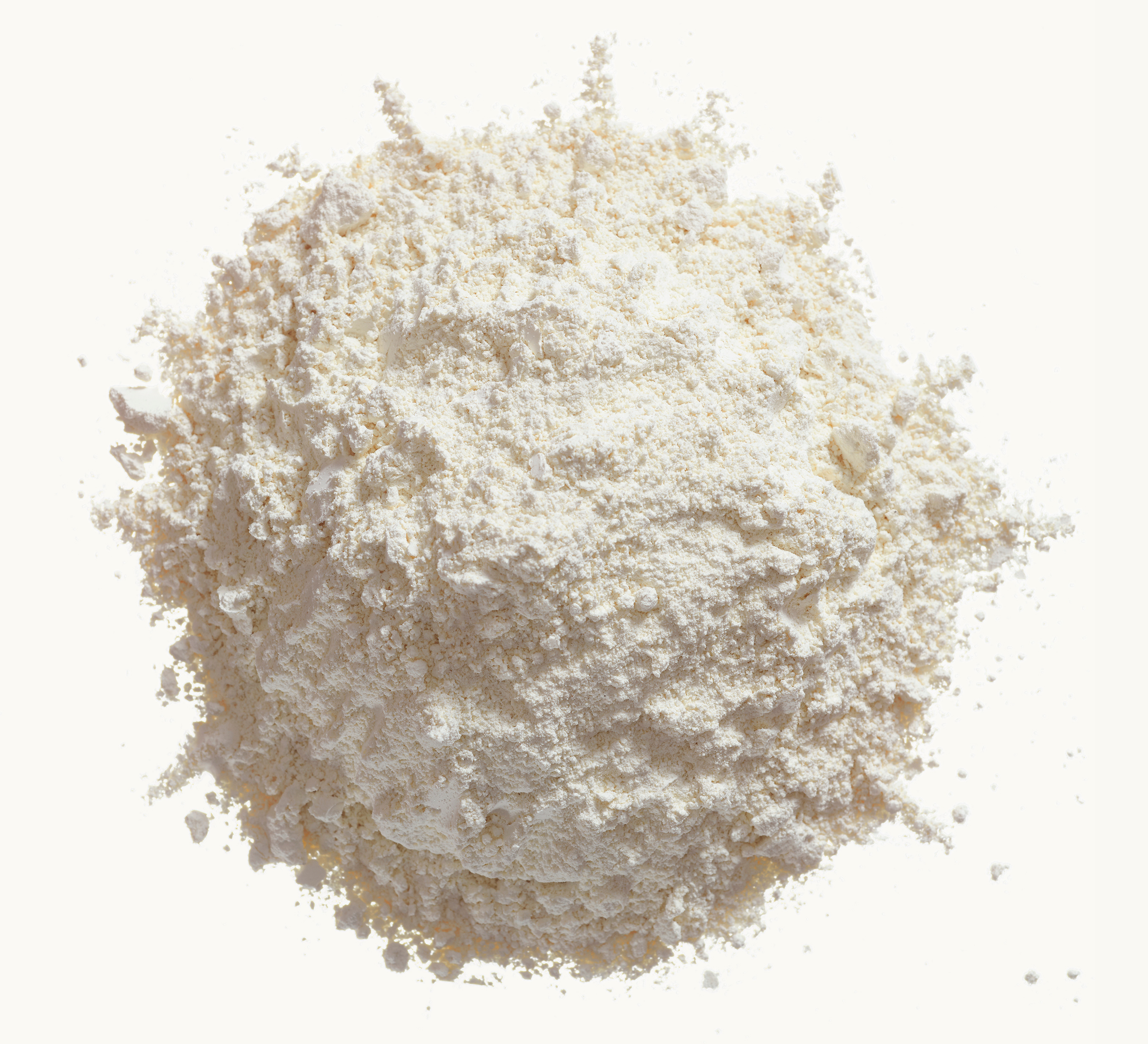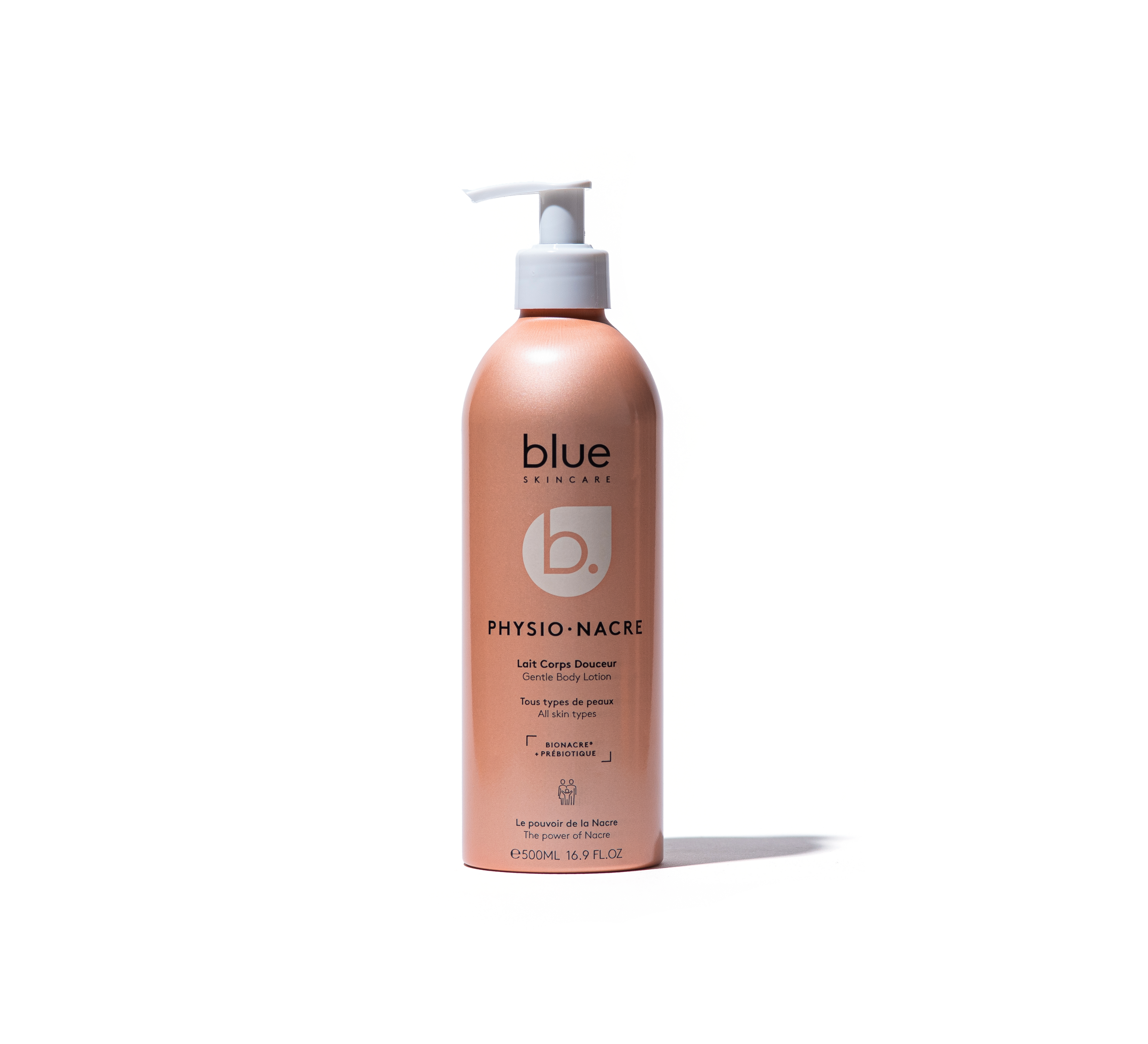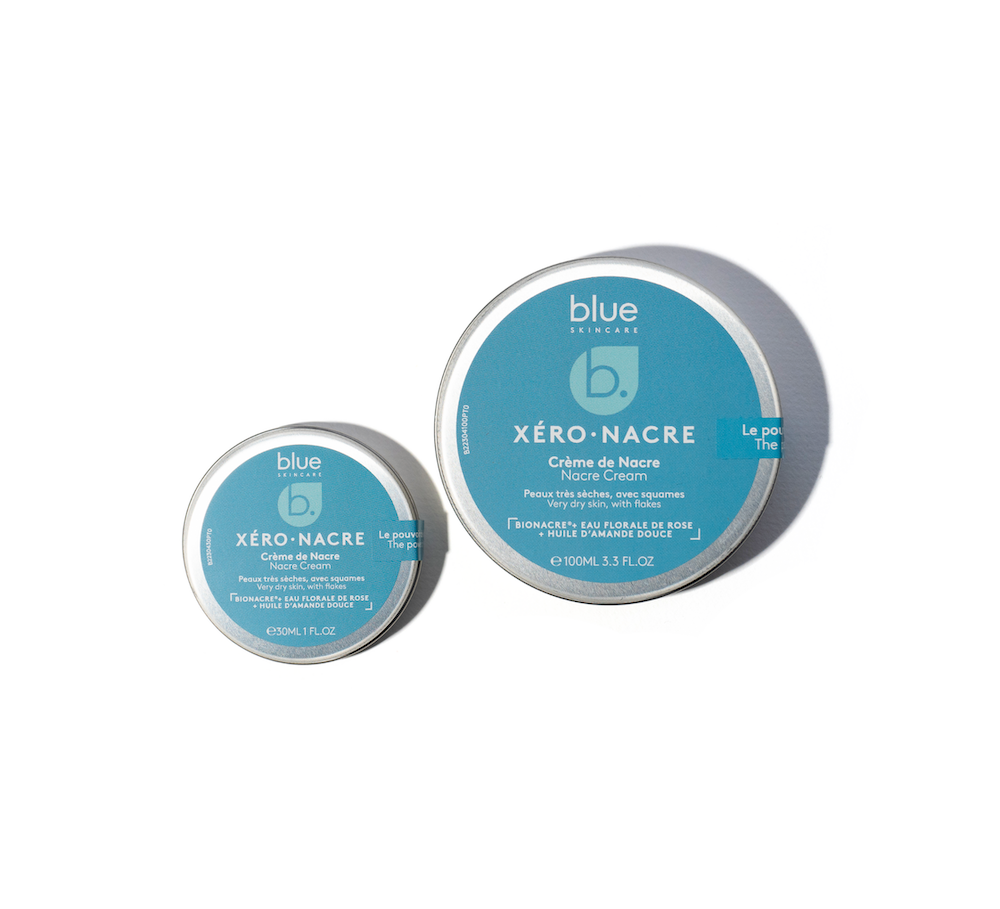Lacto-fermented foods have fans and we know why. Absolutely rich and full of promise, these foods are the allies of our microbiota and our immune system. Among other things…
Lacto what?
Lacto-fermented foods are subjected, to the obvious, to lacto-fermentation, that is to say a preservation process that involves maceration without any oxygen supply. During this stage, which lasts from two days for fruits to five or six days for vegetables, the good bacteria (called lactic) proliferate. Be careful, false friend, they have no link with milk or lactose. It is the fact of mixing the plants with salt and water, or even directly with the bacteria responsible for the fermentation reaction, which gives rise to lacto-fermented foods. The hermetic sealing of the containers in which the food is immersed prevents oxygen from sneaking in. Because if oxygen oxidizes, it is in no way useful in the fermentation process, quite the contrary. It prevents lactic bacteria from developing. These will very quickly become hungry and to "survive", they will reproduce like any living being. They must feed on sugars (fruits and vegetables naturally contain them) and it is these same sugars that they transform into lactic acid. But then are these foods doomed to become more and more acidic? And this is where nature is magical: no! Because once a certain level of acidity is reached, the process stops and the conservation can last for months. It's up to you to make pickles, sauerkraut, miso, kefir, kombucha, garlic cloves and other fermented pickles, either homemade or purchased in stores (organic or natural).
Lacto-fermentation means more life!
1- Lacto-fermentation boosts the immune system
If the intestinal flora (often maintained with probiotic cures several times a year) contains several billion bacteria vital for the proper functioning of the body, we can give it a boost naturally through diet. The more we help it, the more it produces probiotics to drive out the hordes of bad bacteria, viruses, fungi, parasites that have broken into the body!
2- Lacto-fermentation upgrades foods
Indeed, almost all foods deserve to be fermented. If sterilization, high-preservation, freezing, are very practical, at the very least they leave the nutrients and vitamins intact but they never increase the nutritional qualities. Only lacto-fermentation has this quality. How? The reaction created by the proliferation of good lactic bacteria increases the quantity of certain vitamins in foods (notably B and K). In addition, it promotes the assimilation of zinc, magnesium, calcium and iron and improves the quality of the intestinal flora, also reducing the risk of intestinal porosity.
Fermentation gurus?


If most naturopaths strongly recommend eating lacto-fermented foods, it's because they are real little bombs of energy and benefits. A bit like sprouted seeds, fermentation holds a special place on the podium of health nutrients for experts. For Marielle Alix , holistic coach and naturopath, as well as Barbara Tron , naturopathy consultant and creator of the Jolies Tripes website, lacto-fermentation is almost second nature! So much so that Marielle, creator of "Échappées méno-glam" (wellness getaways intended for women approaching menopause or menopausal) includes a whole chapter and practical workshops on the program around lacto-fermentation and fermented foods. Barbara, for her part, after preparing sauerkraut, kombucha and other kvaz, decided to create her Ateliers Jolies Tripes to sell her production and share her know-how.
Expert advice
Barbara, why are fermented foods necessary?


"Fermented foods are alive, they are natural probiotics. A dense and diverse microbial community interacts with our microbiota which has a positive effect on health. Fermentation breaks down certain foods into more assimilable and digestible molecules, such as soy, for example, which is very indigestible at the base. Once the soy is fermented, it gives miso, tempeh, very rich in quickly assimilated amino acids (proteins). The same phenomenon occurs with the fermentation of gluten, it becomes more digestible. Fermentation also increases the bioavailability of minerals present in foods. In addition, it constitutes "a form of predigestion". It produces new nutrients such as vitamin B (folic acid B9, riboflavin B2, Niacin B1 and biotin, B8). It is also a source of vitamin C. Its antioxidant action is remarkable, it eliminates free radicals and therefore has an anticancer action. Finally, lactic bacteria, produced by the microorganisms responsible for fermentation, also produce omega 3, essential for cell membranes and the immune system.
How often do you recommend consuming them?


"We need to vary the fermented products we consume to diversify the bacteria in our microbiota . The ideal is to include them every day in each of our meals, either by mixing them into our dishes or by consuming them separately. Ferments are so delicious that a spoonful of sauerkraut, a glass of kombucha or kefir complete the daily diet!"
Your advice for introducing fermented foods into menus when you are not used to them?

“I use fermented vegetables, sauerkraut, kimchi, etc. in salads. These are delicious ingredients that make salads more attractive and tastier. They can be used as an accompaniment to meat and fish, one or two spoonfuls on a plate is already perfect! With the good weather back, vegetable, rice, quinoa pokeballs … they go perfectly with these useful toppings! Otherwise, a glass of kombucha, kefir in the morning or between meals is delicious, a glass of kvass before a meal whets the appetite. My other tip is to ferment garlic that you cook with, you can add it to hot sauces. And so that their use becomes a reflex, I put fermented foods on the table at each meal. These are new flavors, you have to get used to them, after that, it becomes a habit! And to get started on your own, the ideal is to start with workshops. I imagined some around kimchi, sauerkraut, all kinds of vegetables, fermented drinks like kombucha, beetroot and sweet potato kvass. You can even learn how to make bread, fermented yogurts. But, a priori, vegetables and fruits are the first steps of the workshop!
Marielle Alix, why do you advocate fermented foods?
"It is always said (especially in Chinese medicine!) that to have abalanced diet , you need spicy, sour, sweet, salty and bitter. However, we are not really used to sour and tangy. I discovered these flavors with Donna Schwenk, an American who claimed to have overcome certain pathologies by regularly consuming lacto-fermented foods and drinks. Fully convinced, I started to cook my kefirs and sauerkrauts. It is no coincidence that we find these foods in Eastern Europe (sweet and sour pickles, kefir, cabbages) in Japan (soy sauce, miso, tempeh), or in Korea (kimchi). And at home, we forget it but wine, bread, cheese, so emblematic, would not exist without fermentation! Beyond this tradition, fermentation is essential for digestion, general vitality, beauty and skin health (fewer spots thanks to good bacteria!). And what is less well known is that lacto-fermentation plays a role in regulating appetite. Because they serve as "expanders" for nutrients and vitamins, lacto-fermented foods are more quickly satiating.
Your favorite fermented food?
“Sauerkraut, but also kefir! It is rich in lactase and helps to better digest the lactose in dairy products. I prefer kefir made from plant-based milks, especially coconut milk. Where cow's milk secretes mucus, a breeding ground for bad bacteria, kefir secretes mucus, but good bacteria! It lines the mucous membrane of the digestive tract with good bacteria and boosts the intestinal flora, the pillar of our immune system.”
How do we get started?

“You need vegetables or fruits, salt and water. Personally, I add ferments to vary the type of microorganisms. And since I make my own sauerkraut, I collect half a cup of brine to lacto-ferment the next one! To start, you can also buy specific probiotics (Bio Kult) or well-fermented sauerkraut from Alsace Saveurs (alsacesaveurs.com). You can also follow the steps by steps on my reference site: Ni Cru Ni Cuit (nicrucicuit.com). To start, opt for vegetables (cabbage, pickles, carrots, radishes), then you need large glass jars, salt and water. Above all, introduce them gradually because they are super powerful! At first, four tablespoons of vegetables are enough. The flora gradually changes, this gives good bacteria which will generate the production of vitamin C and B. We start by buying small jars of sweet and smoked kimchi, sauerkraut with dill and cucumber or sweet and sour beetroot (at Jarres crues on the Pourdebon.com website).
Do it yourself
- Clean your fruits and vegetables.
- Peel them, cut them into the size of your choice
- Put them in a jar
- Add the chosen herbs and spices (dill, garlic).
- Add sea salt (two tablespoons) and optionally two tablespoons of sauerkraut juice.
- Pour in spring water, making sure to leave a centimeter between the water and the top of the jar. Immerse all vegetables or fruits well.
- Close the lid and leave at room temperature for about two days for fruit, five minimum for vegetables.
- The result is good if the flavor is sour but sweet and good! If the appearance is questionable (moldy, unpleasant smell), throw them away and start again!
To go further
We sign up for a Meno Glam getaway by Marielle Alix for the “well in your belly” workshop where she discusses lacto-fermentation and offers tastings of lacto-fermented foods to provide healthy and natural solutions to be well in your belly: mariellealix.com. We choose one of Barbara Tron’s workshops, info on jolies-tripes.blogspot.com to start practicing!
